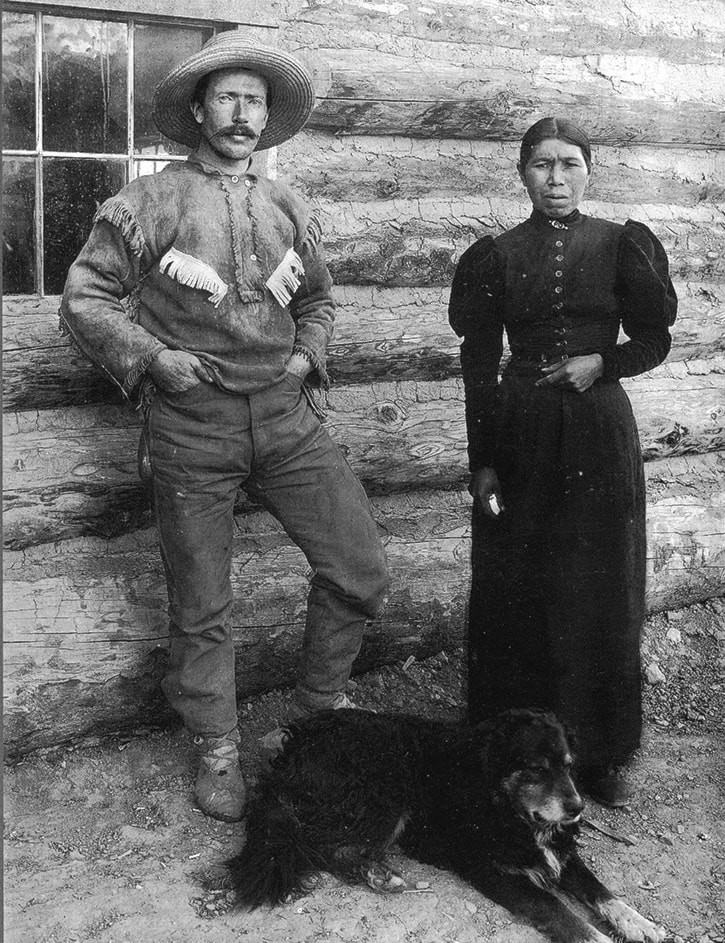Most First Nations history is in the oral tradition – stories passed down through the generations.
But in 1909, famed ethnologist, James Teit’s book, The Shuswap, was originally published as Part VII of The Jesup North Pacific Expedition.
The only copies of the book available for public use were in the Kamloops Library reference section and the Secwepemc Museum, says Jim Cooperman, local environmentalist and historian.
Calling it the most authoritative treatise ever written about the Shuswap people, Cooperman says, thanks in part to the Shuswap Watershed Project, Teit’s work is now available online.
“Ever since I managed to get a photocopy of The Shuswap in the late 1980s for research, I have wanted to see this 346-page book become more accessible for students, researchers and the public,” explained Cooperman, Shuswap Watershed Project co-ordinator. “We were in the process of making this important book available online as a PDF file when I learned the American Museum recently uploaded it, and now we have also made it available at shuswapwatershed.ca.”
In addition, a printed copy has also been gifted to the Salmon Arm library and there will soon be a link at salmonarmmuseum.org.
“I was thrilled to learn about this digital copy of a very fragile resource we have in our archives at the Salmon Arm Museum,” says R. J. Haney House Heritage Village and Museum curator Deborah Chapman. “Finally, everyone has the opportunity to learn about the indigenous people of the Shuswap from a much-respected and valuable primary source.”
But Cooperman says Adams Lake Band general manager Albert Quinn explained that a number of leaders in the community do not the share enthusiasm.
“Basically, they believe he was not accurate about the eastern bands, because he was only here for a short visit,” he says.
Robert Matthew, Secwepemc educator, researcher and principal of the Chief Atahm School is more positive.
“It is the knowledge of the land and the people who lived before that provides us with a strong identity and helps us deal with the challenges we face,” he said, noting that because the Secwepemc did not have written records, the work of ethnographers like Teit along with the missionary and fur trade journals, helps fill in the gaps to strengthen First Nations identity. “Our oral tradition combined with written history increases our power as indigenous people. Secwepemc educational initiatives and research will benefit greatly now that Teit’s valuable work is available digitally…,” said Matthew.
The 346-page book consists of 15 chapters that cover nearly all aspects of their lives. The last two chapters provide myths, ancient oral legends and many of the teachings that both guided and entertained families through the ages.
“I hope that one day funding can be found to re-publish Teit’s Shuswap ethnology as a soft-cover book so that it can be made even more accessible…,” said Cooperman.
